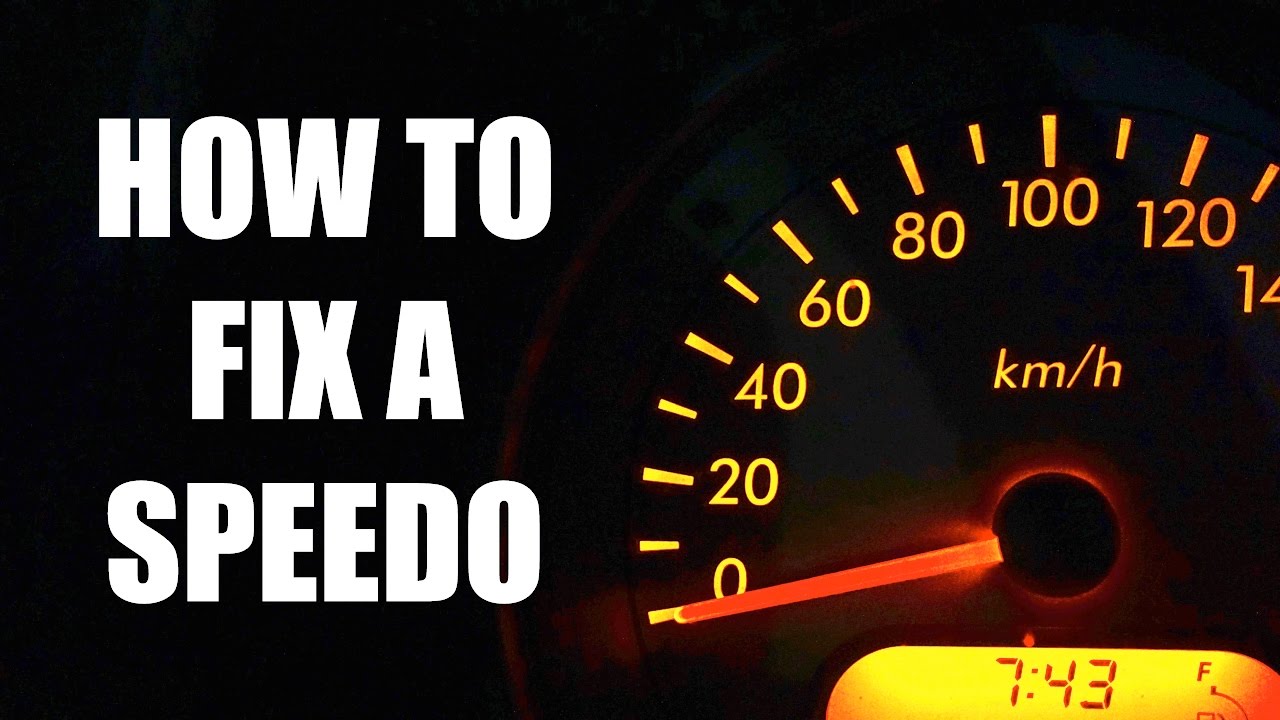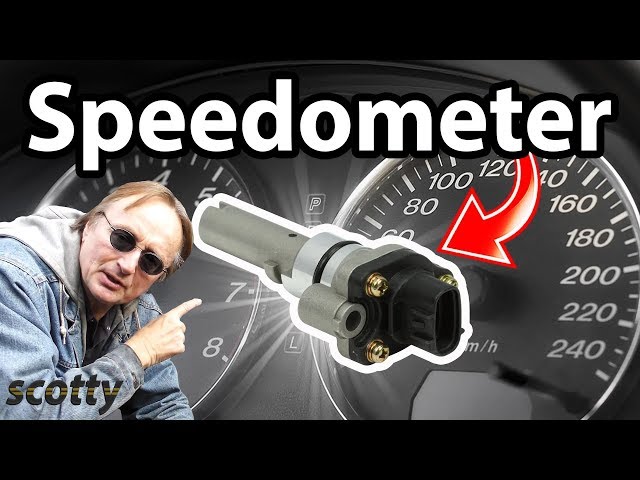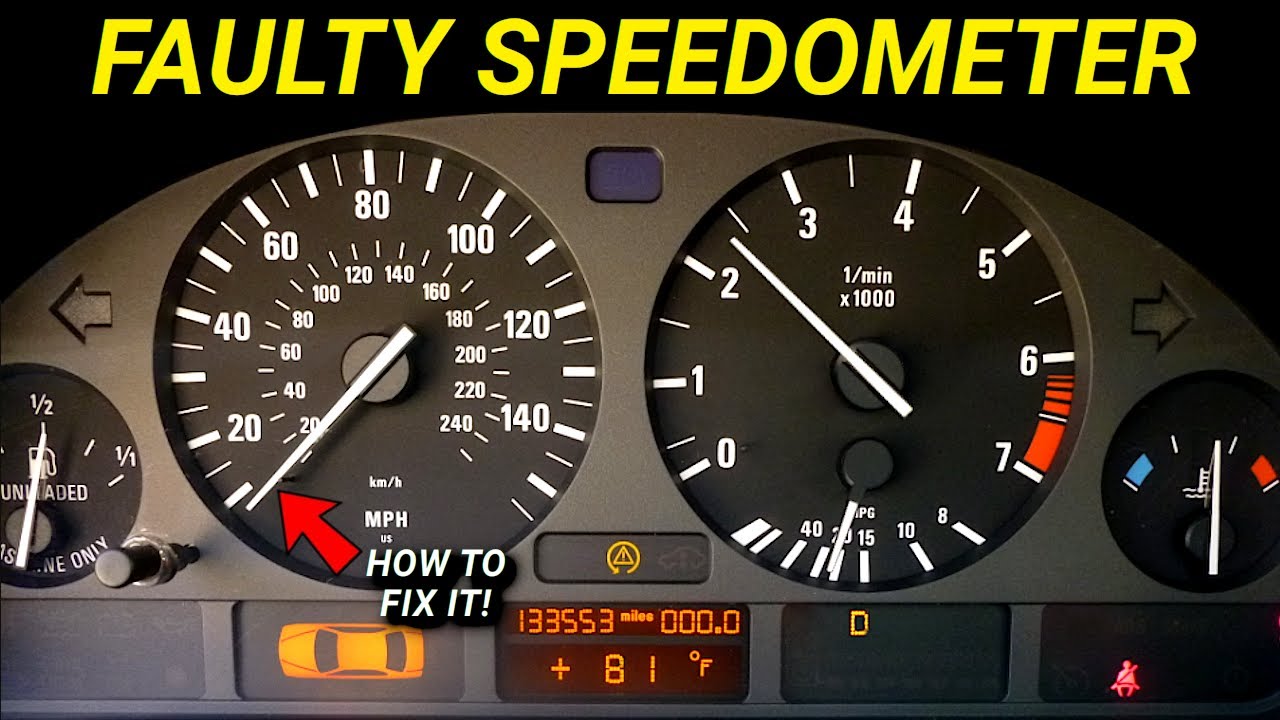Okay, so today I wanna chat about something that bugged me for a while: my car’s speedometer being totally off. Like, seriously inaccurate. It all started a few months back when I noticed I was getting passed left and right, even though I thought I was doing the speed limit.

First thing I did? I downloaded one of those GPS speedometer apps on my phone. Figured that’d give me a baseline. And yup, confirmed my suspicions. My car’s speedometer was reading like 5-7 mph higher than my actual speed. Super annoying!
So, I started digging around online, trying to figure out what could be causing this. I read a bunch of forum posts, watched a few YouTube videos, the whole shebang. Turns out, there are a few common culprits.
- Tire Size: This was the first thing that popped up everywhere. Apparently, if you have tires that aren’t the exact size recommended for your car, it can throw off the speedometer. I had recently changed my tires, so this was a definite possibility.
- Vehicle Speed Sensor (VSS): This sensor is what tells the car’s computer how fast the wheels are turning. If it’s faulty or the wiring is messed up, it can send incorrect information to the speedometer.
- Instrument Cluster: Sometimes, the speedometer itself can just be bad. Like, the needle is loose or the whole thing is just malfunctioning.
I decided to start with the easiest thing: checking my tire size. I went out to my car and looked at the sidewall of the tires. Lo and behold, they weren’t the exact size listed on the sticker in my driver’s side door! They were close, but just different enough to potentially cause the issue. I remember I wanted bigger tires for a cooler look, but didn’t think much of it.
To confirm, I used one of those online tire size calculators to see how much the difference in tire size would affect my speedometer. And yup, it was enough to account for the 5-7 mph discrepancy I was seeing.
Now, I had a decision to make. I could either get new tires (the correct size, this time), or I could try to recalibrate the speedometer. Getting new tires seemed like a pain and a bigger expense, so I started looking into recalibration.

I found out that some cars have a way to adjust the speedometer through the car’s computer. You can usually do this with a scan tool that plugs into the OBD-II port. But my car is a bit older and doesn’t have that feature. Bummer.
That left me with two options: take it to a mechanic or try to fix it myself. I’m generally a DIY kind of guy, so I started looking into how to recalibrate a mechanical speedometer.
Turns out, it’s not exactly straightforward. Mechanical speedometers are driven by a cable that connects to the transmission. To recalibrate it, you basically have to adjust the gears inside the speedometer. Sounds complicated, right? It is!
After watching a few more videos and reading some tutorials, I decided to give it a shot. I figured, worst case scenario, I’d mess it up and have to take it to a mechanic anyway.
So, I carefully removed the instrument cluster from my dashboard. This involved a bunch of screws and plastic clips, so I was super careful not to break anything. Once I had the cluster out, I disassembled it to get to the speedometer itself.

Inside the speedometer, I found the gears that I needed to adjust. They were tiny and delicate, so I used a small screwdriver and a whole lot of patience. I made very small adjustments, then put the speedometer back together and tested it with my phone’s GPS app.
It took me a few tries, but eventually, I got the speedometer pretty close to accurate. It’s still off by maybe 1-2 mph at higher speeds, but it’s way better than it was before. Plus, I learned a lot about how speedometers work in the process!
The Takeaway: If your speedometer is inaccurate, check your tire size first. It’s the easiest thing to fix. And if that doesn’t work, you might need to consider recalibration or a new speed sensor. Just be careful if you decide to DIY it – you don’t want to break anything!
